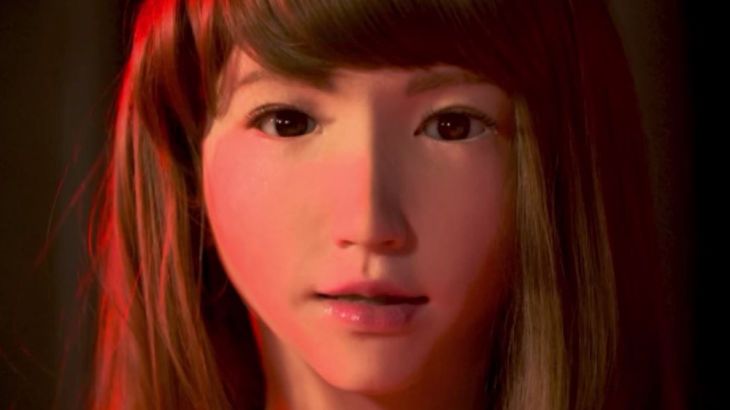
The rise of social robots
A glimpse into a future where humans and robots coexist. TechKnow meets social robots in Japan.
Erica, who has a beautiful face and speaks with a synthesised voice, is one of the most advanced and autonomous androids in the world.
The human-like robot was created in Japan in 2014 and was developed to be capable of conversational interaction. Since then, a total of four models have been engineered. She is unable to walk, but, in the summer of 2017, Erica (short for Erato Intelligent Conversational Android) was given an upgrade so she could move her arms, along with her head, neck and shoulders.
Keep reading
list of 4 itemsCould shipping containers be the answer to Ghana’s housing crisis?
Are Chinese electric vehicles taking over the world?
First pig kidney in a human: Is this the future of transplants?
”If
feels something. That’s very important. We want social robots to interact with us in day-to-day scenarios. So if they look like humans we expect them to act like humans…. or else they feel weird, it’s just a strange machine.”]
“We are creating this new kind of entity that’s not really a person but we can interact with it like a person … It’s not alive, it’s there. And you do socially connect with it on a subconscious level. This is why robots that have a human form really are different from other robots. You don’t bond in the same way with a vacuum cleaner,” says Dylan Glas, guest associate professor at Osaka University, who has spent three years working on Erica.
“I kind of created her mind and wrote all the software that constitutes her brain, controls her behaviour … A lot of other androids have been developed … the focus of Erica is for her to be fully autonomous, being able to talk to anybody. In that sense I think she is one of the more advanced robots in the world,” says Glas.
The use of robots in manufacturing is growing. According to the International Federation of Robotics, 1.7 million robots will be in service worldwide by 2020, with the leading robotics countries being China, South Korea, Japan and the US.
In Japan, scientists have begun to see results of cutting-edge research that can give robots the power to imitate and even replicate human behaviour. Erica is just one example, and it seems that the gap between humans and machines is getting smaller.
There’s fear in some countries around the world that robotics will eventually replace humans, but, in Japan, hopes are high that human-like robots can solve some of their problems.
Japan’s population is rapidly declining, and, according to the United Nations, its population is the oldest in the world. One of the suggested solutions is to replace workers with robots and use robots to take care of the elderly.
“We are going to have a hyper-ageing society. And we need to have more help by robots … They [the elderly] are good for accepting the robots. They are feeling some sort of pressure from the normal people. And they prefer to speak with the robot,” says Professor Hiroshi Ishiguro, who is often called the “godfather” of the humanoid and is considered one of the top programmers in the world. Erica is his brainchild, and his robots are among the most advanced in the world.
Ishiguru believes that Japanese society is structured to be more accepting of robots than the Middle East, Europe and the US, because they are a more homogeneous and more trusting culture; and also because they are early adopters of many types of technologies.
“Look at the smartphones. We couldn’t imagine this kind of heavy use of a smartphone … That’s probably the same thing that will happen with robots even if you don’t believe the possibility of a robot; I strongly believe we are going to accept robots more,” he says.
So what does the future hold for social robots and human society?
TechKnow travels to Kyoto to meet social robots and the scientists behind them.